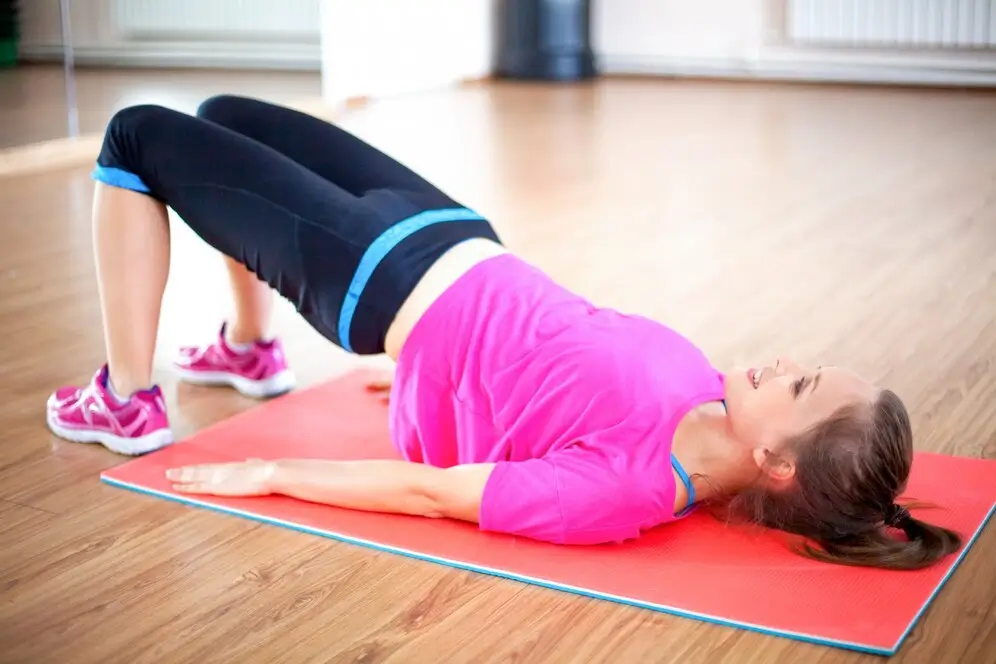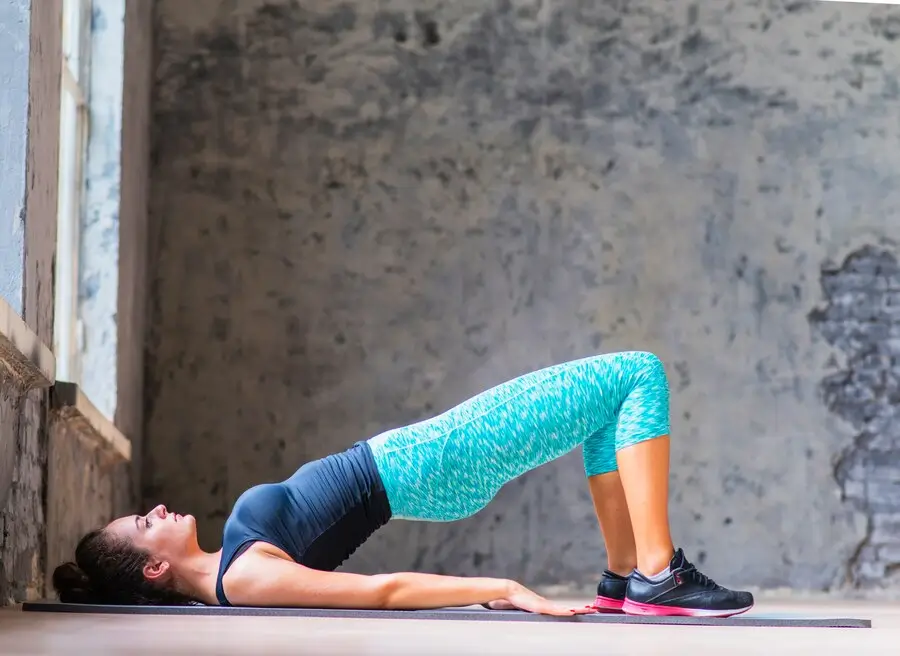Master Your Pelvic Floor With These Pelvic Floor Strengthening Exercises for Better Sex
A satisfying and fulfilling sex life is an essential component of overall well-being, and maintaining a healthy pelvic floor is key to achieving this. The pelvic floor muscles play a crucial role in sexual function, supporting the pelvic organs, controlling bladder and bowel movements, and contributing to sexual pleasure. Unfortunately, many individuals neglect these muscles, leading to weakened pelvic floor function. In this article, we will explore the importance of a strong pelvic floor for better sex and delve into three effective Pelvic Floor Strengthening Exercises to strengthen these vital muscles.
Table of Contents
Understanding the Pelvic Floor:
The pelvic floor is a group of muscles that form a sling-like structure at the base of the pelvis, supporting the pelvic organs, including the bladder, uterus, and rectum.
These muscles are responsible for controlling urinary and fecal continence and play a significant role in sexual function.
1. Kegel Exercises: The Foundation of Pelvic Floor Strengthening:
Kegel exercises are a well-known and widely practiced method for strengthening the pelvic floor. Named after Dr. Arnold Kegel, who introduced these exercises in the 1940s, Kegels involve contracting and relaxing the pelvic floor muscles to enhance strength and endurance.
- Locating the Pelvic Floor Muscles: To perform Kegel exercises effectively, it’s crucial to first identify the pelvic floor muscles. Imagine stopping the flow of urine midstream or contracting the muscles used to prevent passing gas. These are the muscles you’ll be working on.
- Performing Kegel Exercises: Once you’ve located the pelvic floor muscles, practice contracting them for a count of 5 seconds, then relax for 5 seconds. Repeat this process 10 to 15 times in a session, aiming for at least three sessions a day. As your muscles strengthen, gradually increase the duration of the contractions.
- Consistency is Key: Like any exercise routine, consistency is essential for seeing results. Incorporate Kegel exercises into your daily routine, such as during your morning and evening routines or while sitting at your desk.
2. Yoga and Pilates: Holistic Approaches to Pelvic Floor Health:
Yoga and Pilates are holistic exercise practices that focus on building strength, flexibility, and mindfulness. These disciplines offer a range of exercises specifically designed to target the pelvic floor muscles, contributing to improved sexual function and overall well-being.
- Bridge Pose (Setu Bandhasana): This yoga pose is effective in engaging the pelvic floor muscles. Lie on your back with your knees bent and feet hip-width apart. Press your feet into the mat as you lift your hips toward the ceiling, engaging your pelvic floor. Hold for 10-15 seconds, then lower your hips.
- Pilates Pelvic Curl: In a Pilates session, the pelvic curl is a valuable exercise. Lie on your back with your knees bent and feet hip-width apart. Inhale as you lift your hips towards the ceiling, articulating your spine one vertebra at a time. Exhale as you lower back down. Repeat for 10-15 repetitions.
- Mind-Body Connection: Both yoga and Pilates emphasize the mind-body connection, fostering awareness of the pelvic floor and its role in overall well-being. Regular practice of these disciplines can enhance pelvic floor strength while promoting relaxation and flexibility.
3. Pelvic Floor Physical Therapy: Professional Guidance for Optimal Results:
For those seeking a more personalized and targeted approach to pelvic floor strengthening, pelvic floor physical therapy offers professional guidance. Pelvic floor physical therapists are healthcare professionals trained to assess and address issues related to pelvic floor dysfunction.
- Individualized Assessment: A pelvic floor physical therapist will conduct a thorough assessment to identify specific weaknesses, imbalances, or tension in the pelvic floor muscles. This assessment informs the development of a personalized exercise program.
- Hands-On Techniques: In addition to prescribed exercises, pelvic floor physical therapists may use hands-on techniques such as manual therapy to release tension in the pelvic floor muscles. This approach can be especially beneficial for individuals with chronic pelvic pain or muscle tightness.
- Education and Lifestyle Recommendations: Pelvic floor physical therapy goes beyond exercises, providing education on anatomy, posture, and lifestyle factors that impact pelvic floor health. This holistic approach empowers individuals to make informed choices for long-term well-being.
Conclusion:
Strengthening the pelvic floor is a crucial step towards improving sexual function and overall health. Whether through Kegel exercises, yoga and Pilates, or professional guidance from pelvic floor physical therapy, individuals can take proactive steps to enhance pelvic floor strength.
By incorporating these practices into your routine, you can contribute to a healthier, more satisfying sex life and promote overall well-being. Remember, consistency and patience are key as you embark on this journey towards a stronger pelvic floor and better sex.

